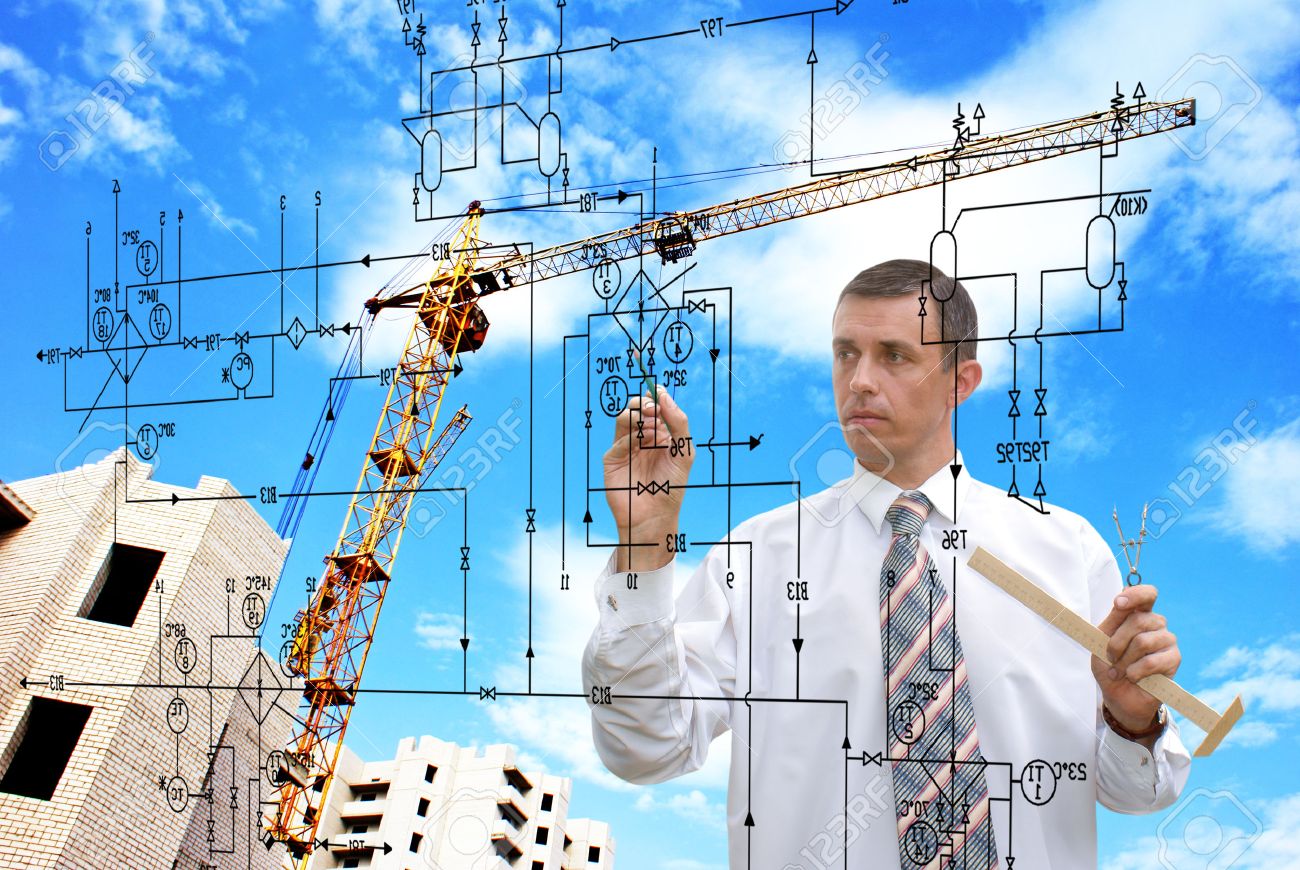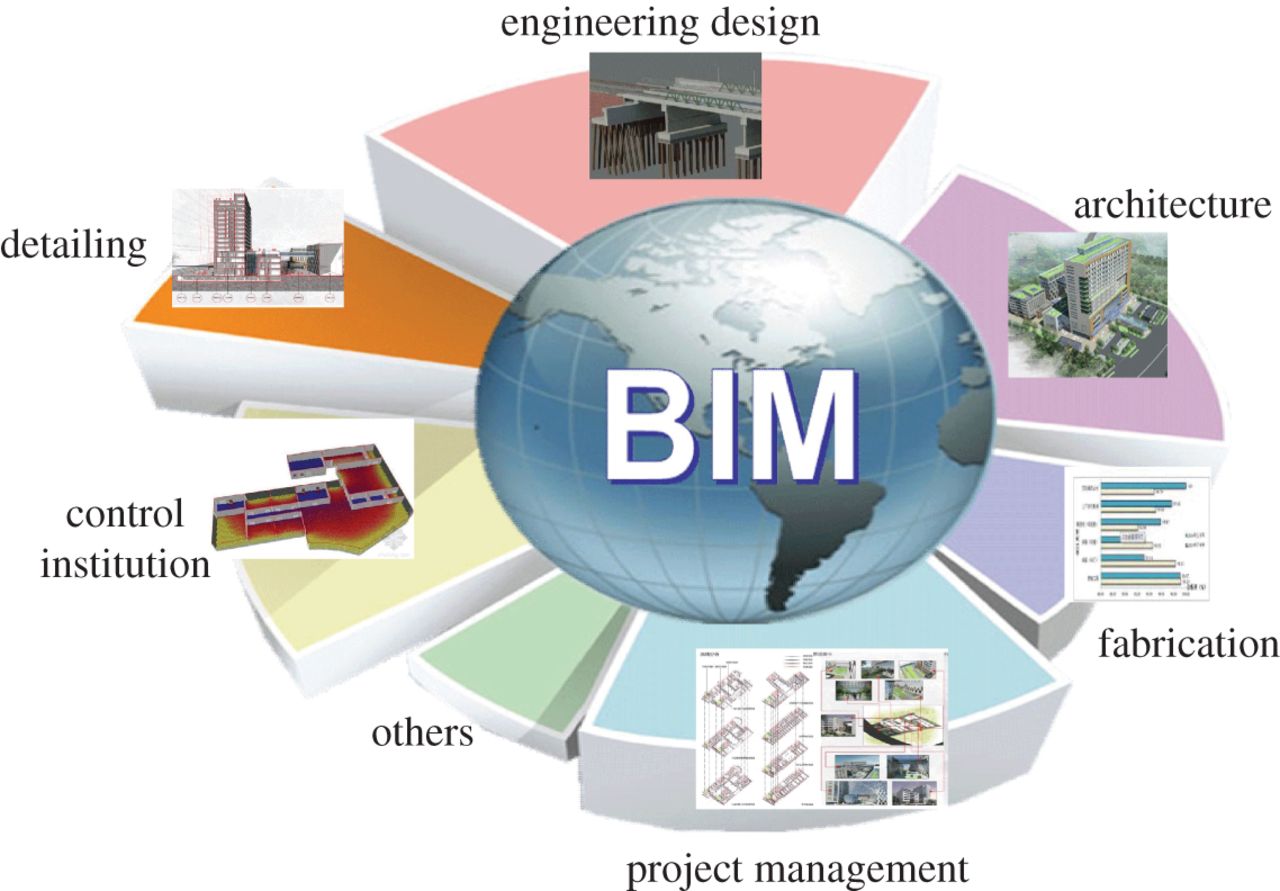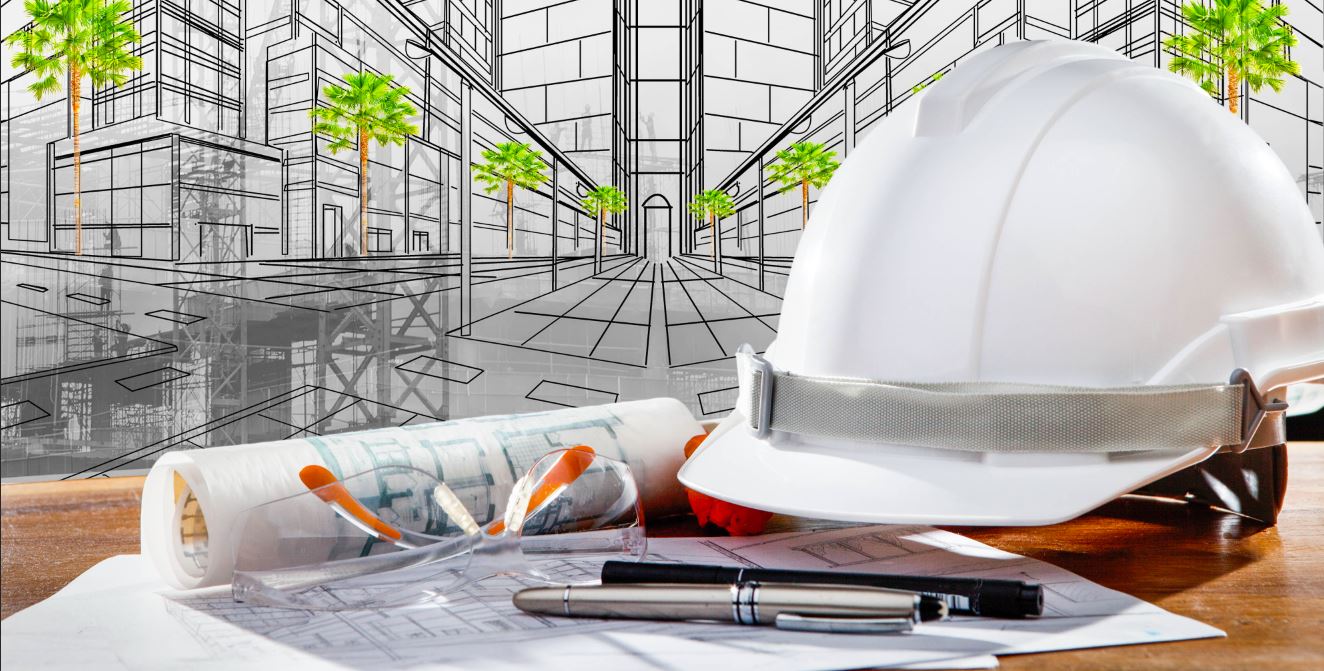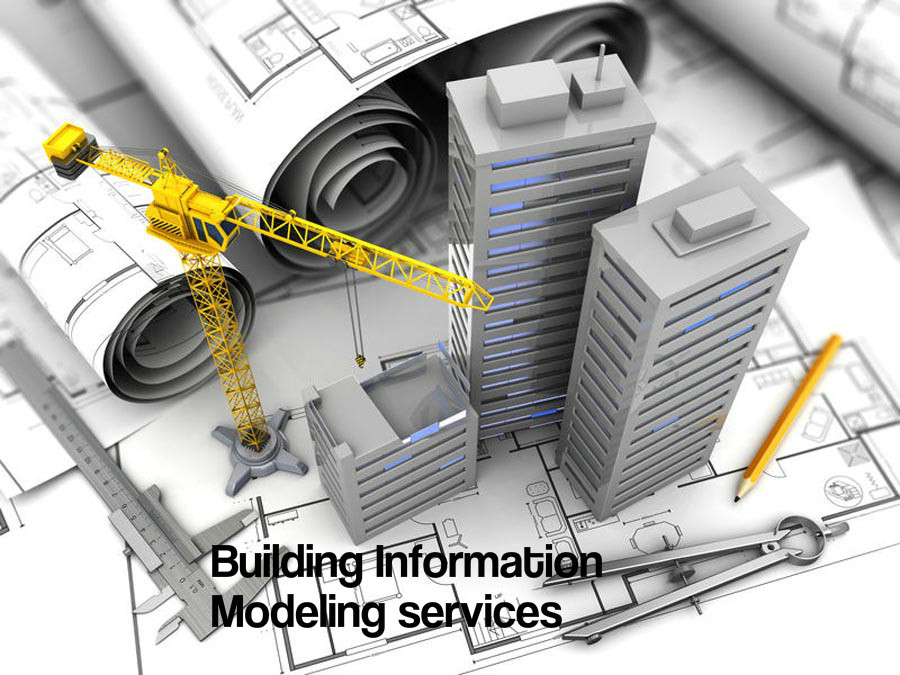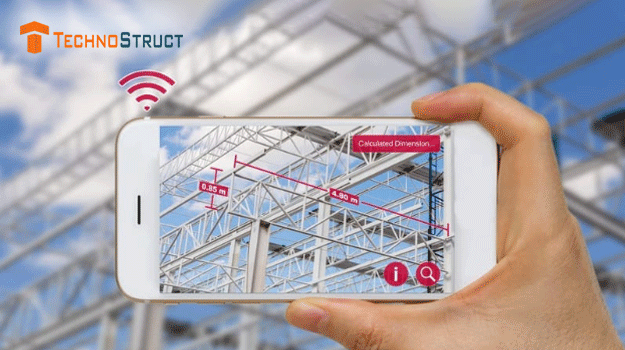
Every industry be it FMCG, Consumer Electronics, Real Estate, Construction or Healthcare, whether high tech or low tech is adopting Augmented reality and Virtual reality use cases at a rapid rate. The main factor behind rapid adoption of AR and VR across various functions is that its impact is not restricted to large scale transformation but also to near term improvement in time to market, project lifecycle and hence ability to make substantial improvement in bottom line profitability. Industry leaders are finding new and innovative use cases of integrating AR and VR into their work. According to a leading magazine in the United States, AR and VR will represent the “fourth wave of technological growth”. Let us look at how Augmented reality forges a connection in advancing the field of BIM.
- Augmented Reality provides for smooth interaction between architectural firms and their clients thus reducing Project Life Cycle Time
As it is quite evident now, BIM is already making the life of construction (AEC) professionals considerably easier, empowering them to efficiently and resourcefully plan, design, construct and manage buildings and infrastructure. By bringing Augmented reality and BIM together, the construction industry will brace itself for a major improvement in a project lifecycle resulting in better results.

Augmented reality (AR) is a cutting-edge technology that favours the users to visualize and replace the qualities and characteristics of computer-generated models created in CAD or building information modelling (BIM) software. An interactive technology that allows digital objects to be superimposed and integrated into the real world, in real time and in their actual size and environment.

2) Improves ability to foresee potential defects at planning stage by leveraging 3D Virtual BIM Modeling thus saving costs and improving operational margins
AR will inevitably expand much faster in the future. Microsoft and Google have already invested in them for their future business models. AR can integrate with BIM on both smartphones and tablets. The idea is to leverage the GPS in a device to sync the current location into a 3D Virtual BIM model. This will give each user the capacity to go to a construction site and visualize the final product with cent-perfect clarity, from their own perspective. It takes a “virtual tour” to the next level.

3) Allows for Integration of Design-Construction-Facilities Management processes
Here are a few ways we see this technology being used now and in the future as it begins to evolve:
- During the prerogative phase, it will share how the “new project” will look like after its completion.
- An owner will be able to view how the property itself would look from any vantage point inside or outside the building.
- The architect or designer will be able to walk around the model of the project to view up in the reality of the surroundings.
- Excavator Operators will be able to view the area of excavation, and the locations of underground utilities.
- A building superintendent would be able to look behind walls, floors or ceilings in order to avoid damaging water lines or studs.
This is another step in how BIM integrated will continue to help us across the spectrum of design, entitlements, construction and facilities management.
When it comes to BIM-specific cases, there are three that are the most prominent and provide the most value to organizations:
- Conveying real-time maintenance information
- Increasing efficiency and accuracy of plans and designs in the field
- Improving ease of collaboration between key project members when drawing up construction plans.
4) Allows for Real Time Visualization of Maintenance Data & On Demand Analysis of Maintenance needs of a project
Real-time maintenance data visualization provided through AR is the most useful and operational benefitting use cases of AR in BIM. Specialized hardware and software kits, like Daqri, allow users to look into a BIM-mapped building’s walls in order to identify water pipes, wiring, HVAC components and more. The execution of plans is made easier, identifying any anomalies. For massive buildings and facilities, this technology is perfect for tracking down specific utilities for routine maintenance, replacement or to address issues if problems may occur.

Looking through a real-time visor is much more intuitive than relying on conventional building plans or blueprints. Additionally, these kinds of products allow information to be updated on a real-time basis, enabling maintenance workers to log detailed notes or descriptions with precision.
Another area where AR is helpfully pushing forward BIM is on the job sites of projects and constructions that are already underway. With just a tablet or a smartphone, engineers, laborers, and supervisors can visualize elements of the project on demand. This ensures that collaboration between different on-site departments, like electrical and plumbing, are able to seamlessly communicate and collaborate clearly and effectively. With BIM-backed AR apps, questions about what materials are being used, where, or how something should be installed, are addressed before any problems or conflicts show up.

5) Automation of Tasks
The last factor to discuss is the intuitive and accessible nature of AR-visualized BIM.. When BIM models are rendered through the lens of an AR application, it becomes a fairly simple process of pointing your device to where and on what you want to inspect. When users are collaborating with people, clients or those not necessarily from engineering or construction backgrounds, this kind of visceral and immersive experience can really help convey concepts that would otherwise be very hard and time consuming to express through conventional means.
